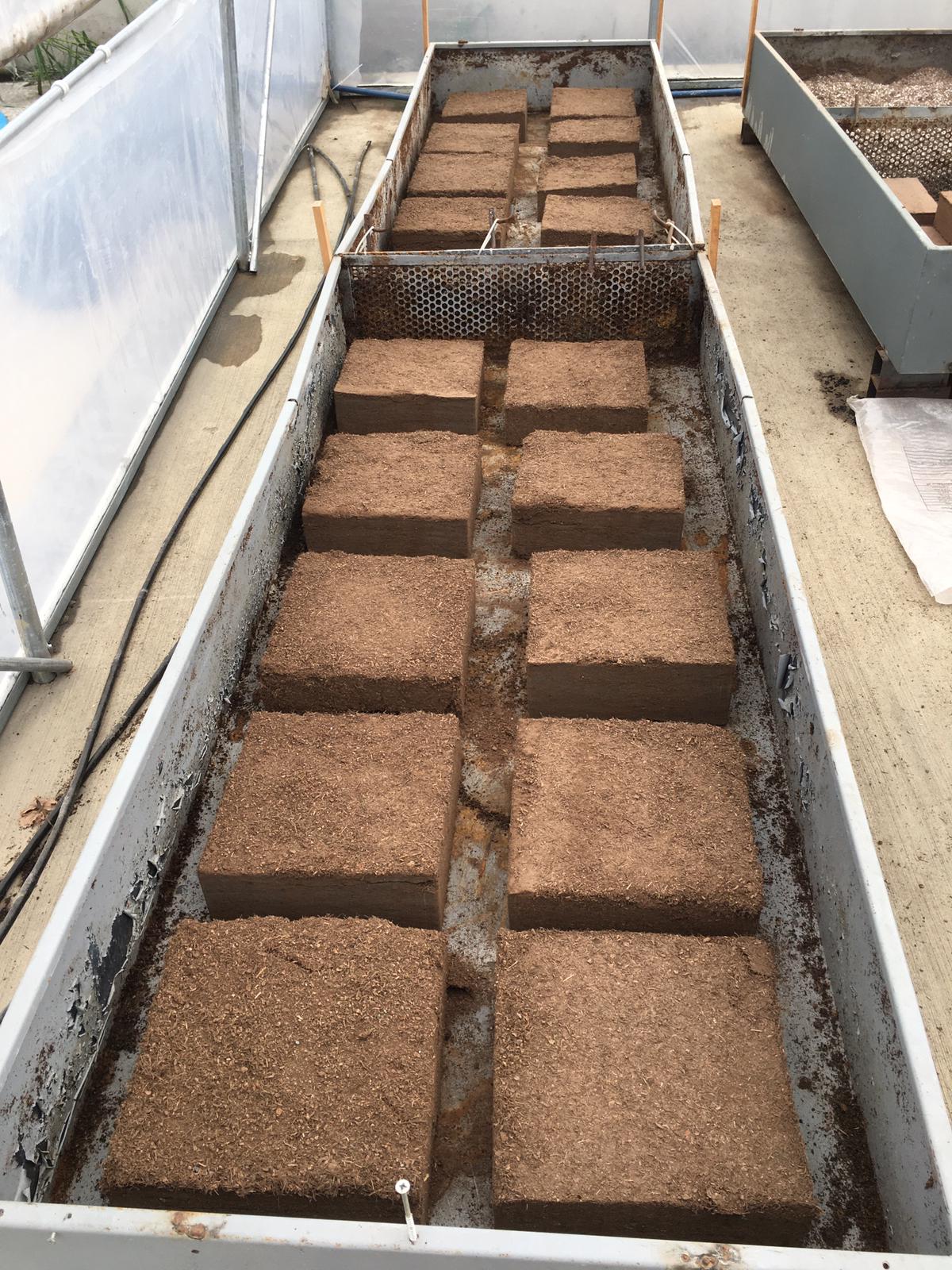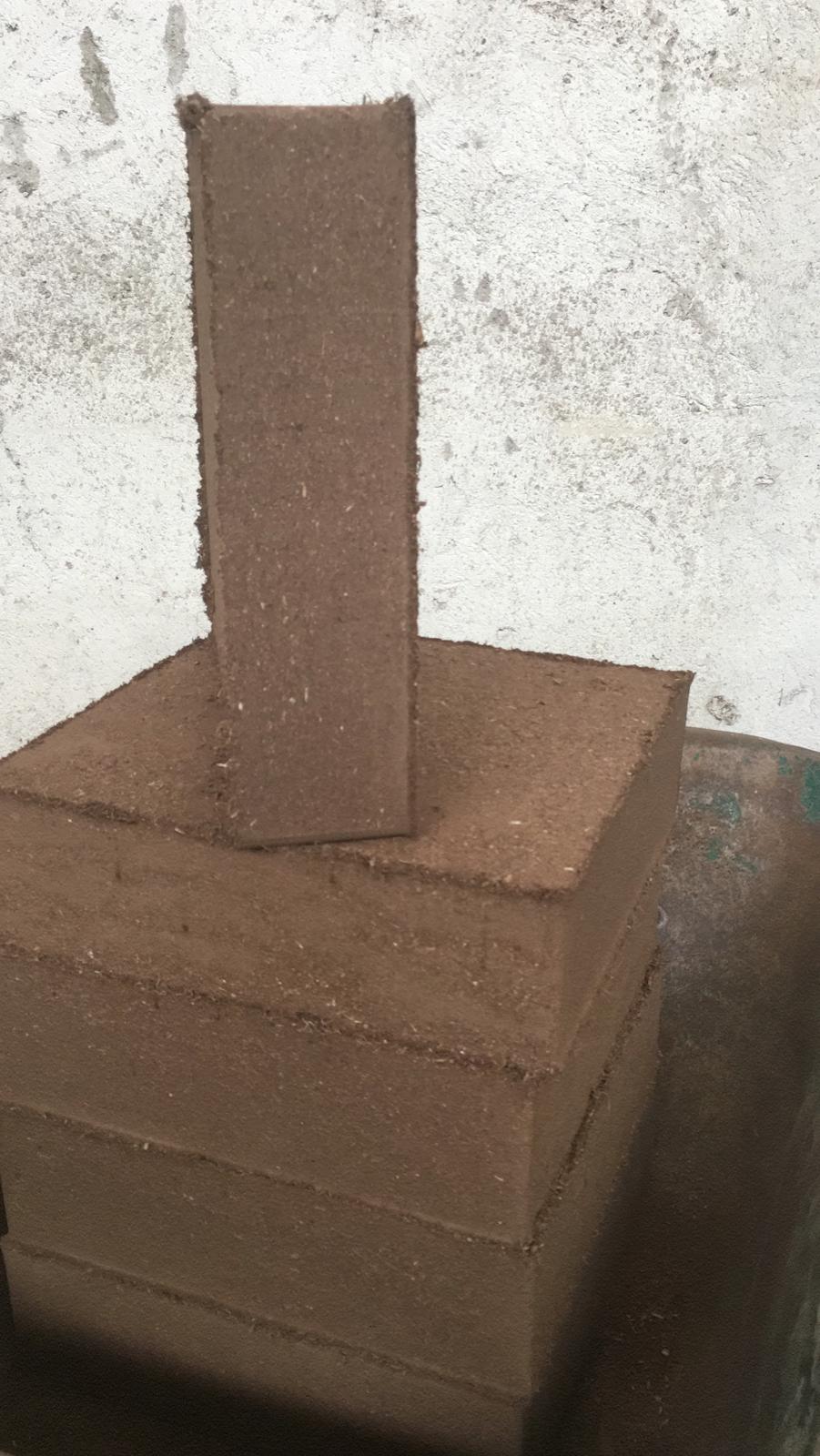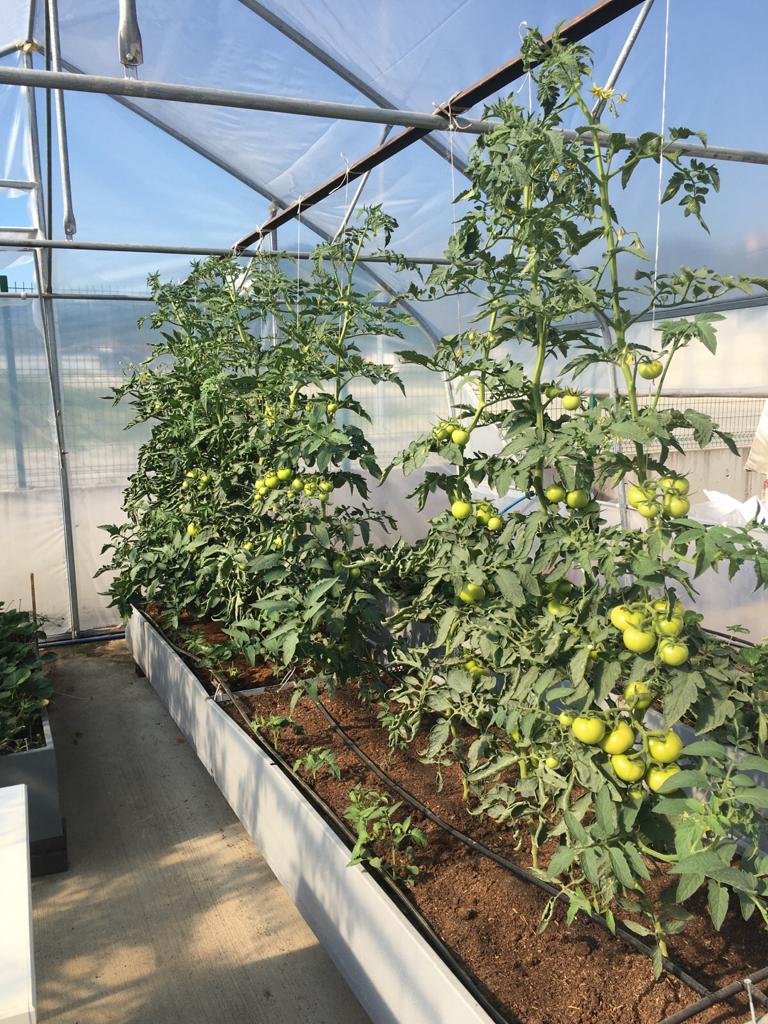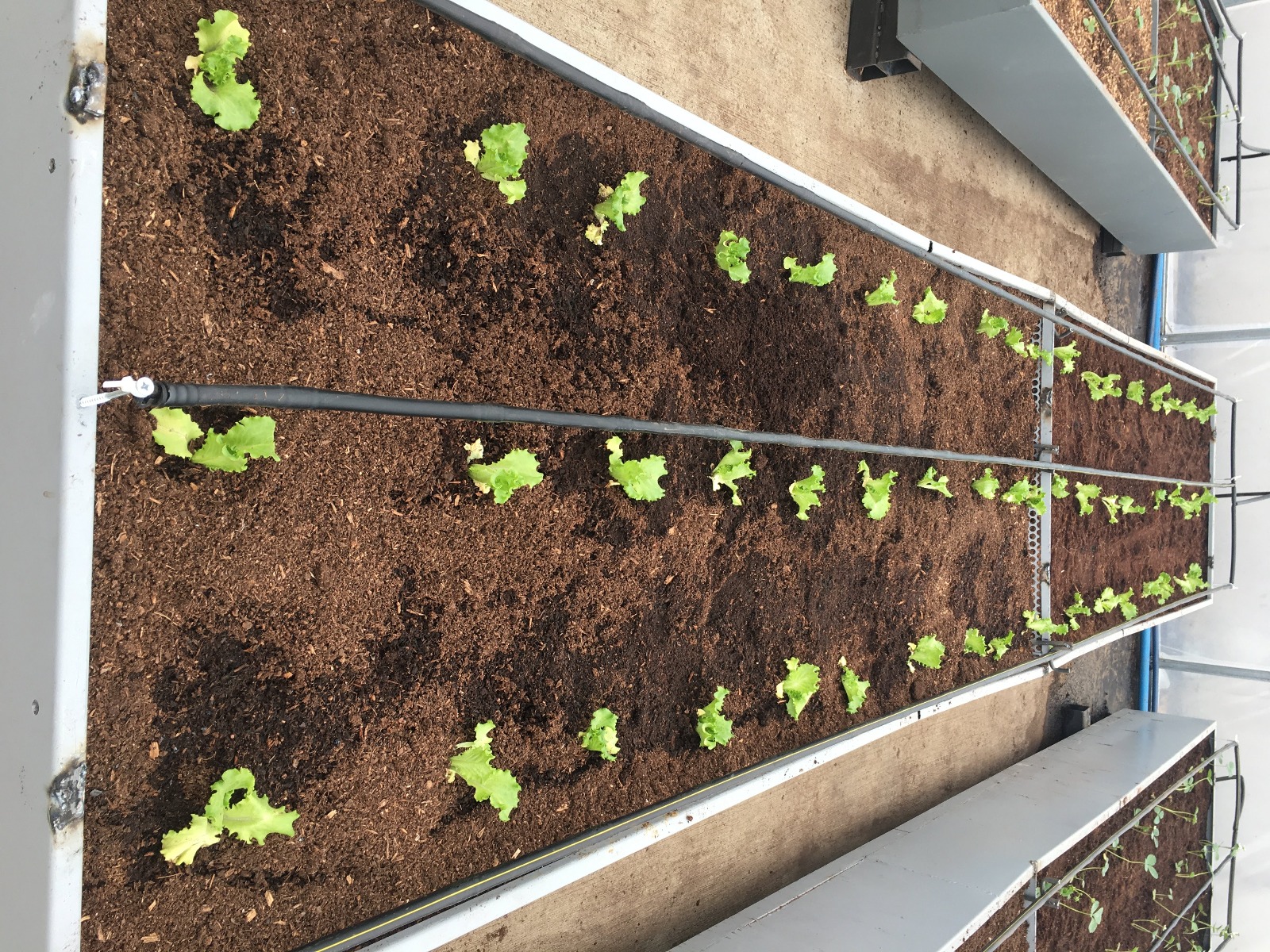Palmpeat
Palm waste is currently considered to be agricultural waste with low economic value that must be disposed of in large quantities.
Palmpeat
Palm waste is currently considered to be agricultural waste with low economic value that must be disposed of in large quantities.
Palm Peat: Production of High Value-Added Products from Agricultural Waste
Palm waste is currently considered to be agricultural waste with low economic value that must be disposed of in large quantities. However, when processed appropriately, this waste can be converted into a plant growing medium with properties equivalent to or even superior to cocopeat, thanks to its natural fibrous structure. This developed conversion process presents a new generation growing medium called palmpeat, representing an important innovation in terms of both sustainable agriculture and the green economy.
Problem: Cocopeat Dependency and Rising Input Costs
Cocopeat is the most preferred growing medium worldwide, especially in hydroponic (soilless) farming systems. However, the fact that its production is only possible in certain geographical regions (primarily Sri Lanka, India, and Indonesia) brings with it significant problems such as supply chain dependency, high transportation costs, and exchange rate-based price fluctuations.
This situation increases agricultural production costs, particularly in importing countries, reduces producers' profitability, and leads to price instability in the market.
Solution: Recovering Palm Waste for the Economy
Gulf region countries have a significant potential for unprocessed biomass worldwide thanks to their dense palm tree population. In the United Arab Emirates alone, approximately 40 million palm trees produce 500,000 tons of waste annually. This amount creates an environmental burden when left unutilized; however, when processed with the appropriate technology, it can be converted into high value-added products.
The Palm Peat Production Technology developed in this context can transform palm waste into:
An alternative to cocopeat as a plant growing medium,
A natural insulation material for the construction industry,
A filling and bedding material for landscaping and animal husbandry.
Economic and Strategic Advantages
Local production – low cost: Production costs are 30-50% lower compared to cocopeat imports.
High market potential: Growing global demand in the hydroponic farming, greenhouse, and vertical farming sectors.
Logistical advantage: Gulf countries are equidistant from European, African, and Asian markets due to their geographical location.
Employment and sustainable development: Creation of new sectors and employment opportunities through waste collection, processing, and production lines.
Environmental contribution: Recycling agricultural waste instead of disposing of it, reducing carbon footprint.
Conclusion and Investment Opportunity
Palmpeat is not only an alternative growing medium, but also has the potential to create a new economic ecosystem that combines the agricultural, environmental, and industrial sectors.
This project aims to strengthen local production, reduce import dependency, and contribute to global sustainability goals by converting existing agricultural waste into high value-added products.




